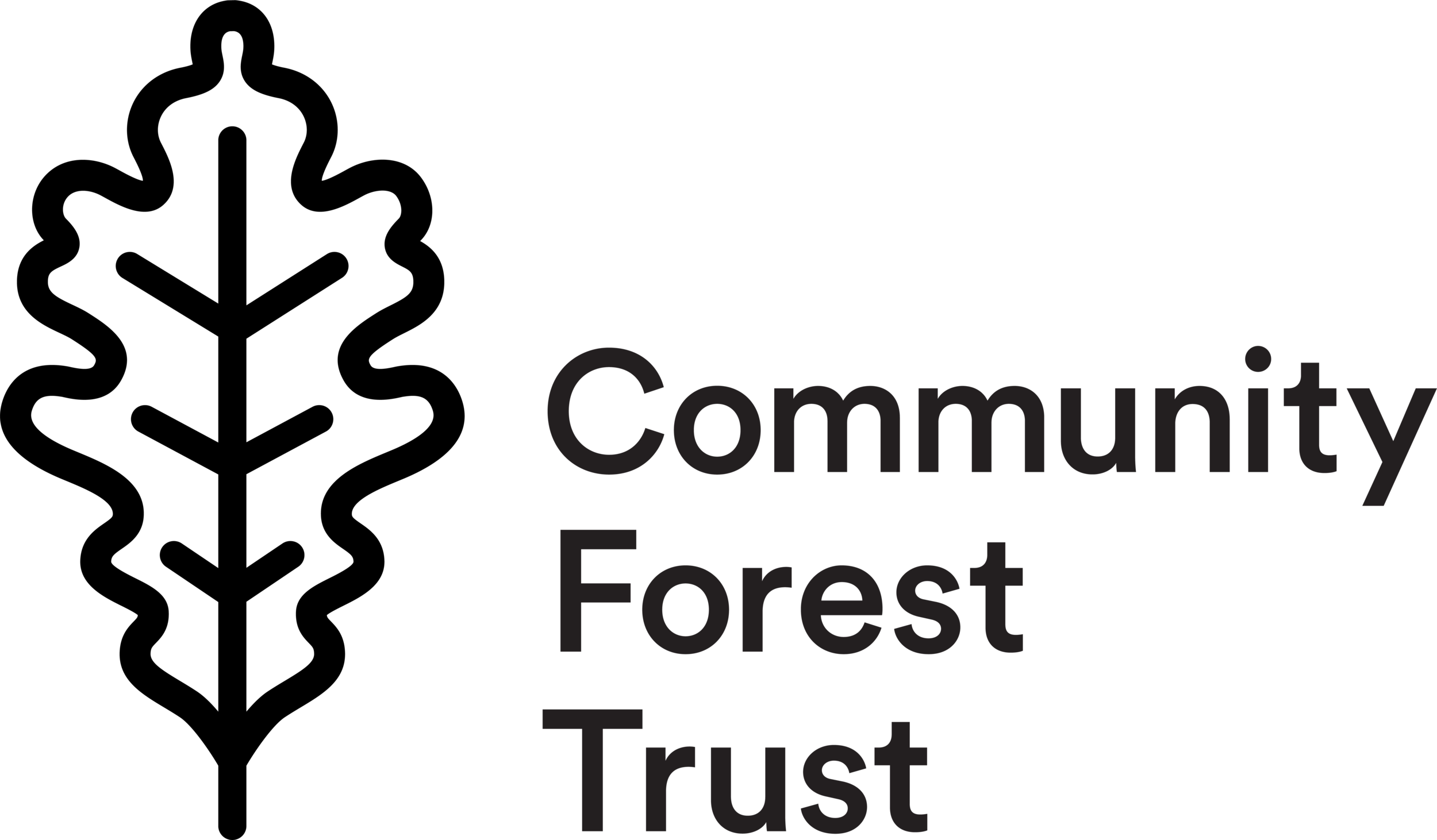Trees could be one of the best solutions to our climate emergency – multifunctional, living tools that help make our urban areas more resilient to challenges of a rapidly changing environment.
Poor air quality, flood risk, extreme heat and locking up carbon can all be addressed by not only planting more trees, but by protecting and preserving the ones we have.
Trees and woods ensure our urban areas are economically, socially and environmentally more sustainable and resilient.
Not only that, but trees are crucial to our health and happiness – connecting communities and providing habitats for wildlife. Trees and woods ensure our urban areas are economically, socially and environmentally more sustainable and resilient.
Carbon
Forests in the UK hold around 150 million tonnes of carbon in their biomass and 640 million tonnes of carbon in the soil. Each year these trees soak up a further 10 million tonnes of carbon. As a newly planted forest matures, just half a hectare is enough to soak up as much carbon as an average driver generates in an entire lifetime of motoring. Trees and woods also help to protect our soil carbon – they hold onto soil and prevent erosion.
Water
Trees also play a role in tackling flooding and cleaning polluted water. They can reduce surface water runoff, which can overload drainage systems and lead to flash flooding. They can also help prevent soil erosion which is happening due to increased rainfall, leading to the loss of valuable topsoil and the pollution of watercourses.
Air pollution
Trees act as a filtration system for harmful air pollutants as well as producing oxygen. Well considered and planned urban trees 'the right tree in the right place' can capture pollution particles and shield pedestrians from car emissions by creating cleaner pockets of air. A car puts out about .45T of air pollution (O3, CO, NOx and particulates) each year so our trees are absorbing 847T about 1,882 cars worth each year.
Trees in urban areas can lower temperatures, helping to combat global heating.
Nature and wildlife
From the tallest tree to the smallest organism, biodiversity encompasses everything that’s alive on our planet. If we lose this, we lose food, water and fresh air. Protecting it is not a choice, it’s a must. The State of Nature Report 2019 states that 'the abundance and distribution of the UK’s species has, on average, declined since 1970 and many metrics suggest this decline has continued in the most recent decade. There has been no let-up in the net loss of nature in the UK.' Woodlands provide habitats for wildlife with many species relying on them to survive, whilst urban green spaces provide crucial ‘stepping stones’ between residential and built up areas.
In our towns, cities and urban areas
55% of the world’s population currently lives in urban areas, a proportion that is expected to increase to 68% by 2050.* Trees in urban areas can lower temperatures helping to combat global heating and the urban heat island effect. In turn this can reduce air conditioning costs of building saving as much as 10% on annual energy consumption and cutting down air pollution caused by burning fossil fuels.
*2018 Revision of World Urbanization Prospects produced by the Population Division of the UN Department of Economic and Social Affairs (UN DESA)






